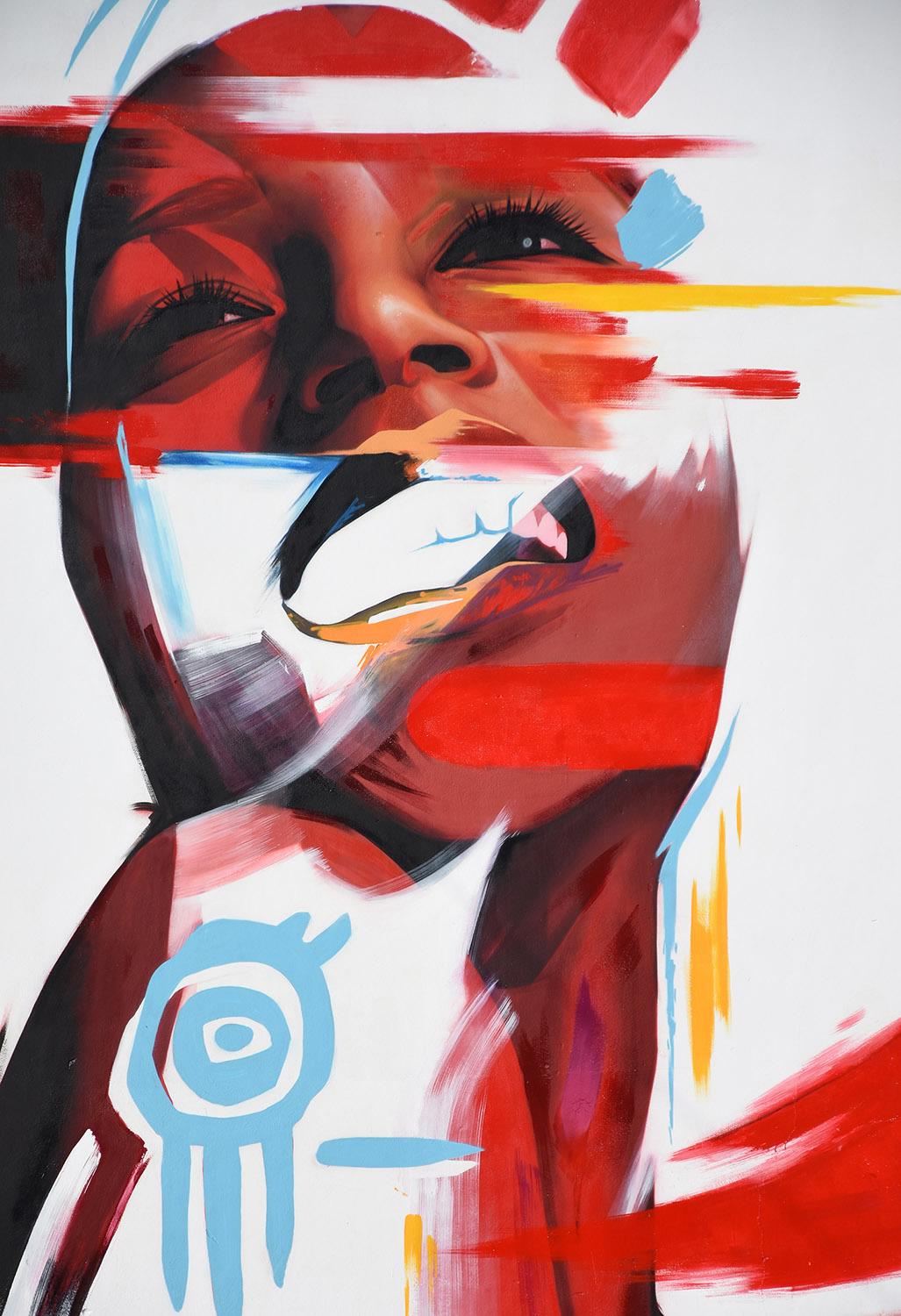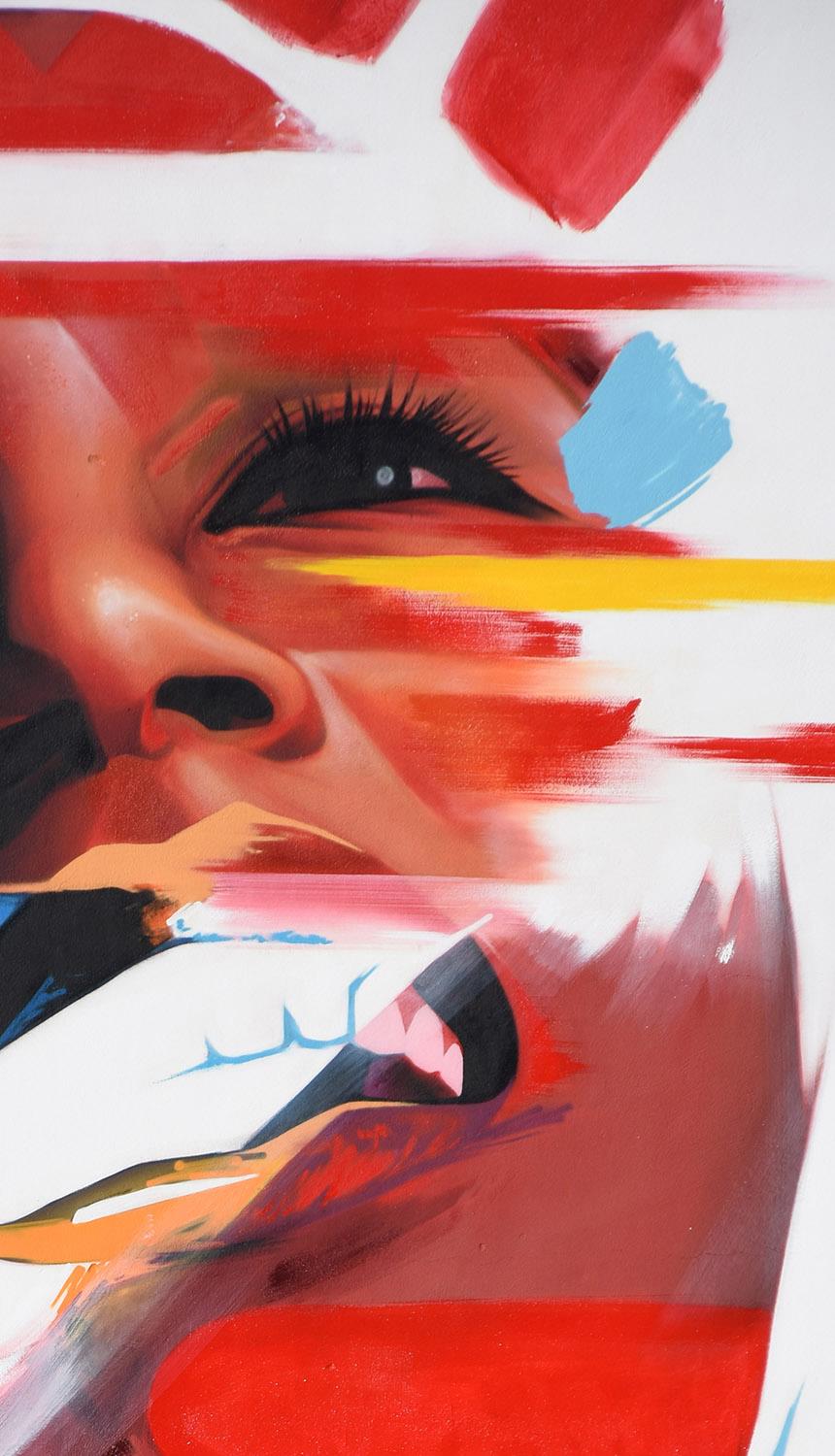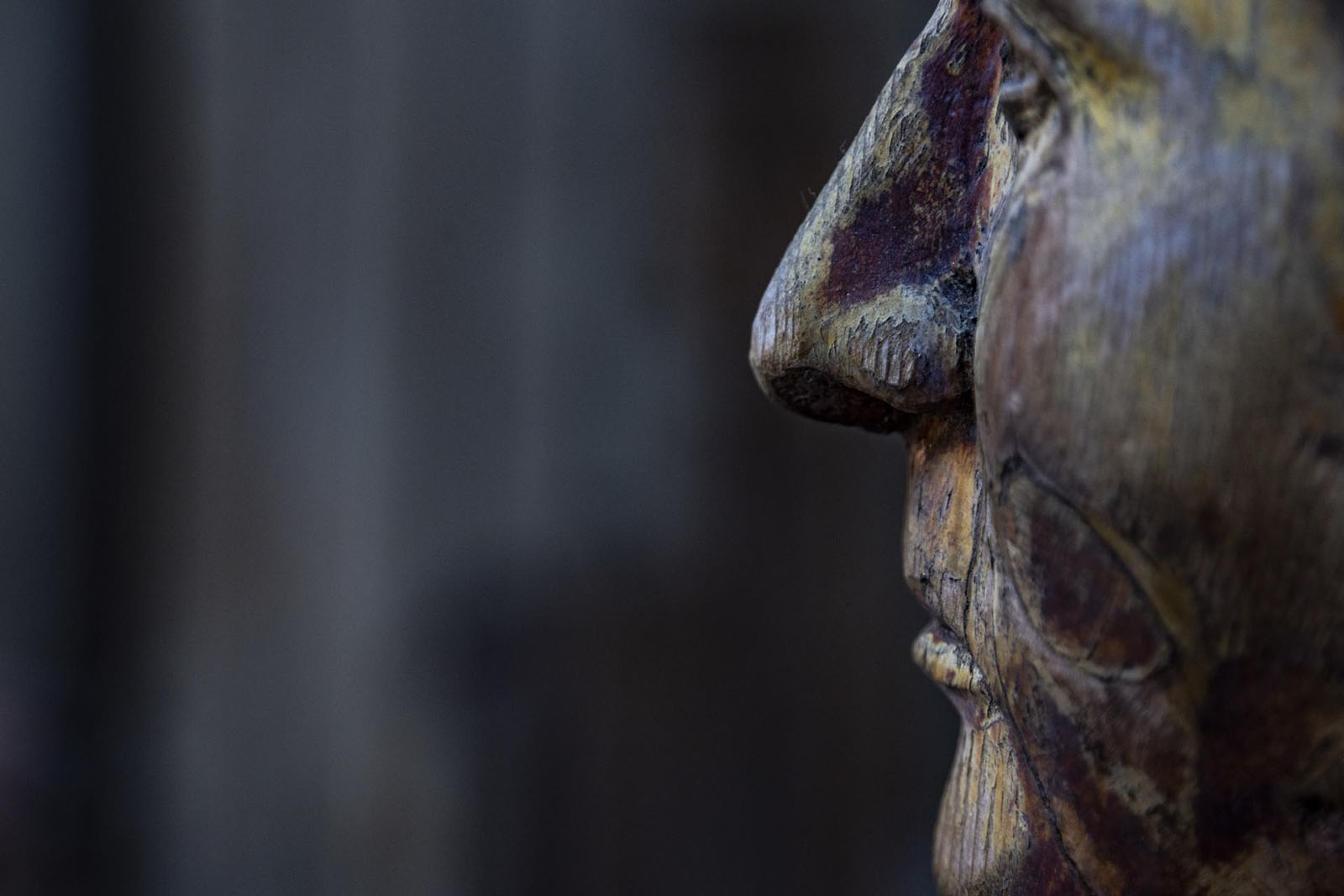Expressing Identity Through Art
Identity, Culture & Art
This artwork was made in Oct 2019 at the Institute of San Juan del Puerto, IES Diego Rodríguez de Estrada, in Huelva.
The title is “Finnley” refers to the painting on canvas already made for the series “Ortostatos”. This mural is in proximity to the Soto dolmen.
The principle of identity
Identity is a concept that can have many meanings; In mathematics, for example, it implies two expressions that written differently have, however, the same value. In computer science, the identity can be the set of information of a certain element (person, institution, organization, etc.) exposed in the network; in philosophy, there is the principle of identity, a logical and philosophical principle that seems necessary but is at the same time impossible.
Being
Socially, gender identity is actually very much in force and in the set of so-called social sciences (psychology, sociology, political science, etc.), identity, a polysemic term par excellence, encompasses the psychological and social development of the human being fundamentally as a cultural entity, that is, as that set of values, symbols, beliefs and customs that distinguish and identify it as a being with differentiated characteristics without being antagonistic.
The essence of the Human
Perhaps it is precisely in the word “cultural” or “culture” that the greatest weight of the true deep meaning of what identity is, since it is human intellectual achievements, whether they are called sciences or arts, that lead us, through processes of interpretation and comparison, among others, to delve into the essence of the human, allowing us, already from our own identity, to contribute to the mainstream; our knowledge, symbols and representations and, by enriching it, in turn introduce and dilute it in the Universal Culture: the only way to make it transcendent.
First artistic representations
It is known that culture as a notion has existed since the dawn of civilization. Conceptualized from the Romans, it has been modified and adapted to the different stages of history. Now culture is understood as information. For scientists, it is the adaptation of the human and his ability to modify and replicate actions transmitted from some people to others regardless of their origin. If we go back to ancient times, we can appreciate through the first artistic representations that the human being apparently, begins to feel the need to recognize himself with identity and own culture.
Transmission
This means that since prehistory, for territorial or other reasons, there could have been a kind of clear need to express one’s identity and culture so that it is transmitted over time and space; with a very particular people coming into play by this time, people that today we know as artists.
Artists
People with extraordinary abilities to create with their ideas, their hands and the materials they have in their environment; people also who since ancient times were able to invent ways that represented their own look at things, or creations of their own imagination through which they tell us their story.
Manomatic
Manomatic as artist, in the same way as many other contemporary creators, has not been able to ignore the creative grandeur achieved by the prehistoric artists of his own area of origin, the province of Huelva, in Spain, who having left its mark on the stone walls of extraordinary megalithic monuments, they have sent us their message from the remote past, telling us their customs, tastes, beliefs and concerns.
Ancestral Fascination
And it is so that, from the search for answers to his own existential concerns, Manomatic approaches these representations and in them he finds a symbolic sense, an ancestral magic that, while fascinating him, gives rise to the need to tell, from their personal perspective, how these people who inhabited the southwest peninsular area could have been.
Self-recognition
In what way through its stone engraved symbols, through the variety of pigments used and also through its architecture, have managed to introduce us into that millenary spiritual world. Manomatic, as a graffiti artist he is, intuits that graffiti is still a representation that, in a contemporary way, reproduces the intimate emotional need to recognize himself, in the same way, that these ancestral creators did.
Graffiti
The origin of graffiti corresponds to this intention of wanting to recognize oneself as an individual being; of allowing us to glimpse who we are from our own self:
I was here, I am, I want to stay, and be able to count it on walls or surfaces that reach as many people as possible.
Manomatic belongs to that world of graffiti, a world in constant and vertiginous evolution that has passed in a short time from the mere, but equally legitimate, desire for public identification, to the category of contemporary art recognized throughout the world.
Manomatic
Manomatic as artist, in the same way as many other contemporary creators, has not been able to ignore the creative grandeur achieved by the prehistoric artists of his own area of origin, the province of Huelva, in Spain, who having left its mark on the stone walls of extraordinary megalithic monuments, they have sent us their message from the remote past, telling us their customs, tastes, beliefs and concerns.
Ancestral Fascination
And it is so that, from the search for answers to his own existential concerns, Manomatic approaches these representations and in them he finds a symbolic sense, an ancestral magic that, while fascinating him, gives rise to the need to tell, from their personal perspective, how these people who inhabited the southwest peninsular area could have been.
Artworks
‘Identity’ is the name of the new Manomatic collection that arises after his visit to the Dolmen de Soto, in the current province of Huelva; Prehistoric monument of the Chalcolithic era that has paintings and stone engravings that make it one of the most important megalithic monuments in Europe for its authenticity in the use of pigments.
Ancient cultures
Moved by the environment and the dolmen’s own characteristics, taking knowledge of the art that those settlers possessed, Manomatic meditates on that ancient culture, on its importance and the issue that most motivates him: its value, mainly because it understands that It’s about art.
Intimate vision
Here comes into play the sensitivity of the artist and his own experiences, his desires and passions, to address through his works, his potential spectators and tell them what these settlers could be. His work, with masterful and refined technique and the subtle social tint that characterizes it, in this new Identity collection, presents us with a more intimate vision that brings peace and harmony, as well as a spiritual communion with nature represented in deep and clear looks, almost seraphic, of intelligent beings but at the same time naive and tender.
Faces, symbols and identities
Only the fertile imagination of Manomatic is able to transport us in time recreating for us, faces, symbols and identities. Identity is a project that, based on a contemporary view of art, and especially graffiti or mural art, tries to show the need to make visible, disseminate, protect and safeguard the values of ancestral art and culture, as well as its imprint on Universal Culture.






